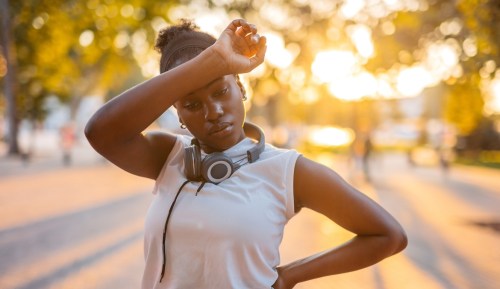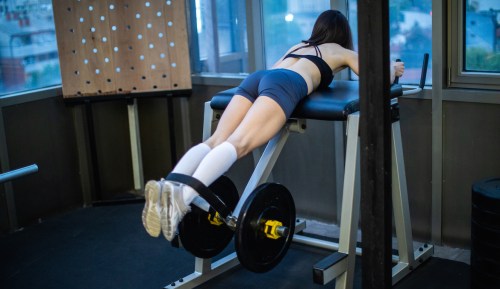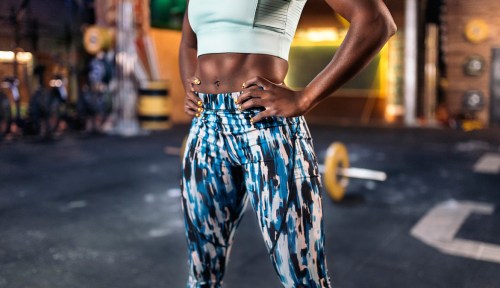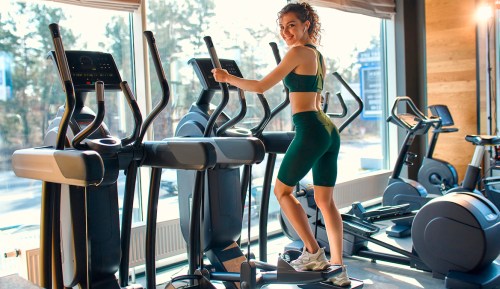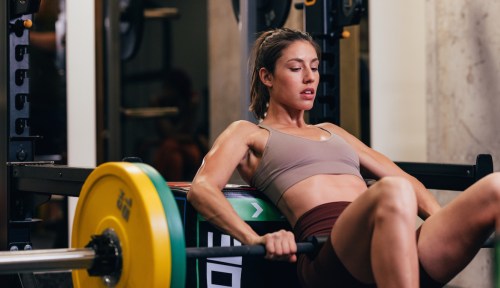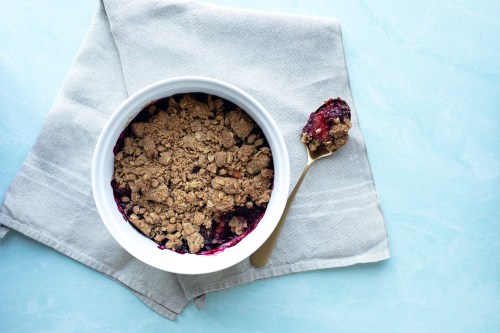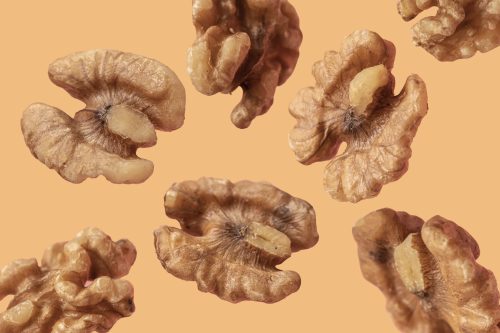Summer has *finally* arrived—here’s how to stay fit in the hot, hot heat
Summer is *finally* here. These hot weather workout tips will help get your body ready to handle excercising in the heat (while getting stronger).
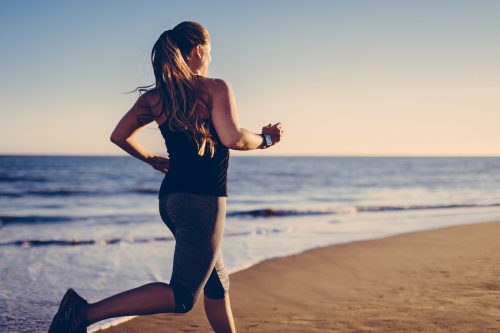
When temperatures climb and warmer weather draws nearer, it’s of course a happy occasion—hello outdoor workouts and cute sundresses and goodbye snow! However, that also means it gets more challenging to work out, whether you’re in a stuffy studio for your favorite class or going for a run outside in the sunshine.
“Every time we work out, our body’s thermoregulation system kicks into gear. As we start to sweat, that is our body doing its due diligence to maintain a constant core temperature or a state of ‘homeostasis,’” explains Ally McKinney, a personal trainer at Gold’s Gym. “The better we are at regulating heat, the more effective we can be with our workouts,” she says. When pushing the body to its limits in intensity, and pairing that with a hot environment, it can be a whole lot to handle.
To avoid using warmer temperatures as an excuse to not workout, it’s a good idea to get your body ready to handle the tougher climate and to more effectively stay cool and safe during those sweaty, sweaty workouts. Here, a few tips for prepping your body so you can keep up with your favorite exercises, despite those scorching days.
Start with some early a.m. runs
To get used to doing outdoor workouts in the heat, it’s a good idea to be an early riser. “Early morning workouts are going to be great in the summer when we haven’t had the day’s sun to heat up the temperature,” she says. “If you must workout in the middle of the day, wear a hat, eye protection, sunscreen, and plenty of water,” she says, to stay safe from the sun and hydrated. That’ll keep you protected from heat exhaustion or even heat stroke. If you can’t do the early morning thing (I get it!), you can do late evening, once things cool off.
Try some Tabata or HIIT training
Tabata and HIIT training are excellent workout styles to include in your routine, as they push your body to the limit and then offer a controlled rest time for recovery. “Like any other type of stress, adapting to and overcoming the intensity of these workouts is something to acclimate to,” she says. “We can use this same technique when working to train for hotter temperatures,” she explains. The intensity of Tabata and HIIT can mimic the effects heat would have on the body in hotter temperatures. This isn’t something you want to do daily, as you need to let your body repair and it’s nice to include variety in workouts, but incorporating this type of workout into your routine a few times a week is going to force your thermoregulation system to adapt to greater strain and improve its ability to cool the body fast, she explains.
Add in sprints
Just like with Tabata and HIIT, sprints give your body a taste of the heat. “You are once again pushing intensity in a hotter temperature and forcing your body to acclimate,” she says. A great way to add this in to prepare yourself is to do sprint work outdoors in the heat, such as doing a fast lap around the block in between sets at the gym or doing certain sprint work when outdoors at the park with friends. “As you progress through your workout with subsequent sprints in the heat, your body has to work harder and harder to regulate. It will feel so draining and almost impossible, but pushing through these tests of heat will do wonders for your heat tolerance,” she says.
Drink water before, during, and after your workouts
Hydration is everything in hotter temperatures—you could have the best thermoregulatory system there is, but if you don’t replenish fluids that are lost through sweat, it’s bad news. Don’t go out for a run or workout without a bottle or some sort of water fountain nearby on your route, even if you don’t feel like carrying it. “The human body itself can be anywhere from 50 to 75 percent water, so it is vital to almost every function. It is good to have regular hydration breaks when working out in the heat—if you’re thirsty, you’re already on your way to dehydration,” she says. “Before exercise always drink two glasses of water. During the activity try to drink four to six ounces of fluids every 20 minutes and always drink again after you are finished,” says Dr. Jennifer Haythe, MD, a leading cardiologist, and director of cardio-obstetrics New York Presbyterian Hospital Columbia. Water is the best way to replenish your losses, but if your activity lasts more than an hour, replenishing electrolytes with a power drink is also important, she says.
Restore those electrolytes
“When we sweat, we don’t just lose water, we lose sodium. Sodium is one of the most basic minerals our body needs to complete the fundamental processes of the cell,” she says. So, when we replace water, we also need to be replacing our electrolytes, like sodium, magnesium, calcium, and potassium, too. This is even more pressing when you’re exercising in the heat, as you’ll be sweating more freely. You can do this through foods, like cottage cheese, olives, bananas, and beets, or you can even just lick some salt after getting back from the workout. You can also look to sports drinks, pre-workout electrolyte formulas, and gels. “Just be weary of your sports drinks that are often packed with way too much sugar,” explains Haythe. “Always check the label and look for drinks that provide 14 grams of carbohydrates, 28 mg of potassium and 100 mg of sodium per 8 ounces.”
FYI: It’s totally fine to do hot yoga in the summer. Plus, our favorite outdoor activities that will help you take advantage of the sunshine while also getting a workout in.
